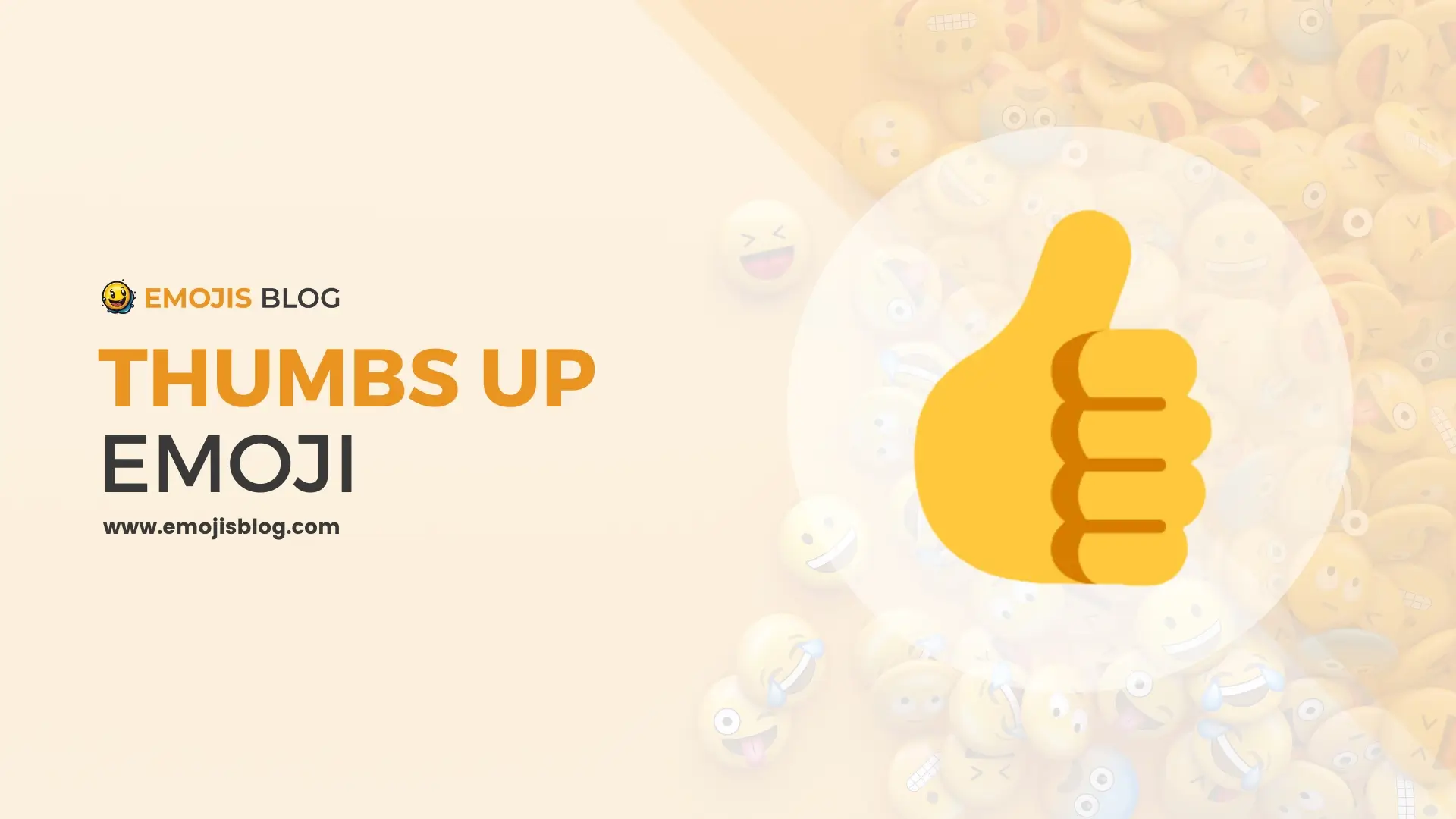What Does Thumbs Up Emoji Mean 👍
👍
What’s Thumbs Up Emoji?
The thumbs-up emoji (👍) is a versatile symbol with a positive core meaning of approval, agreement, and encouragement. However, its interpretation can shift depending on context, generation, and culture, with potential nuances of sarcasm, indifference, or even offensiveness. Understanding these variations is crucial for effective and clear communication in the diverse digital landscape.
Technical Information
| Attribute | Description |
|---|---|
| Official Name | Thumbs Up Sign |
| Unicode Character | U+1F44D |
| Introduced In | Unicode 6.0 (2010) |
| Emoji Version | Emoji 1.0 |
| Category | Smileys & Emotion |
| Subcategory | Hand Gestures |
| Platforms Supported | iOS, Android, Windows, and others |
| Variants Available | Skin Tone Modifications, Direction Changes |
Demystifying the Thumbs Up Emoji: Meaning, Usage, and Potential Pitfalls
The thumbs-up emoji () is a ubiquitous symbol in the digital landscape. Its seemingly straightforward meaning of approval and agreement belies a more nuanced understanding, particularly in the context of generational differences and cultural variations.
A Sign of Approval: The Classic Interpretation
In most Western cultures, the thumbs-up emoji carries a positive connotation. It conveys:
- Approval: Expressing agreement, satisfaction, or positive judgment.
- Encouragement: Offering support or motivating someone.
- Acknowledgement: Recognizing receipt of a message or performing a quick check-in.
- Positivity: Adding a cheerful tone to communication.
The Shifting Landscape: Generational Perspectives
However, recent trends indicate a potential shift in meaning among younger generations. The thumbs-up emoji can be interpreted as:
- Passive-aggressive: Used to dismiss someone or express indifference, especially when used alone.
- Low-effort response: Lacking genuine engagement, similar to the text equivalent “K.”
- Condescending: Implying a superior or dismissive attitude.
This generational gap highlights the importance of context and understanding the recipient’s age and communication style.
Beyond Western Cultures: Cultural Variations
While the thumbs-up gesture is generally positive in Western cultures, it may have different meanings elsewhere. For example:
- Greece: May be considered offensive, similar to a middle finger gesture.
- Iran: Interpreted as a sign of disapproval or disagreement.
- Australia: Used sarcastically or jokingly.
Cultural awareness is crucial to avoid unintentional miscommunication when using the thumbs-up emoji.
Tips for Thumbs-Up Emoji Usage
To ensure clear and appropriate communication:
- Consider the context: Is it a casual conversation, a formal message, or online communication with a diverse audience?
- Pair with other emojis: Combine the thumbs-up with other emojis to convey more nuanced emotions and avoid ambiguity.
- Avoid overuse: Excessive use can dilute the meaning and make the emoji seem insincere.
- Consider alternative emojis: Explore other emojis that convey similar emotions but may be less prone to misinterpretations.
By understanding the diverse meanings and potential pitfalls of the thumbs-up emoji, you can use this ubiquitous symbol to effectively communicate and build positive connections in the digital world.

